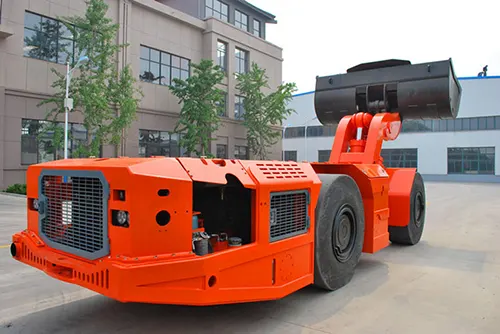Table of Contents
When it comes to Earth’s riches, the top 10 metals with the largest global reserves take the spotlight. These metals are not just vital for the industries that rely on them but also for the economies of the countries that possess them. Let’s dive into the world of these powerhouse resources, where each metal tells a story of geological abundance and industrial importance.
1. Aluminum: The Light Metal Heavyweight

The first metal in our top 10 metals list is aluminum, an essential material in construction, transportation, and packaging. It’s no wonder that this metal is so crucial, considering its abundance. The leading countries in aluminum reserves include Guinea, with a staggering 7.4 billion tons of bauxite, followed by Vietnam and Australia. These nations sit on vast deposits of bauxite, the ore from which aluminum is extracted. With reserves totaling over 26 billion tons worldwide, aluminum isn’t running out anytime soon.
2. Iron: The Backbone of Modern Industry

Iron ore, the raw material for steel, ranks high among the top 10 metals due to its immense global reserves. Australia, Brazil, and Russia lead the pack, with Australia boasting high-quality ores that contain up to 50% iron. With a global reserve of about 230 billion tons, iron is indispensable in construction, infrastructure, and manufacturing. However, not all iron ores are created equal—some countries like Russia have lower-grade ores, which present different challenges and opportunities.
3. Copper: The Conductor of Progress
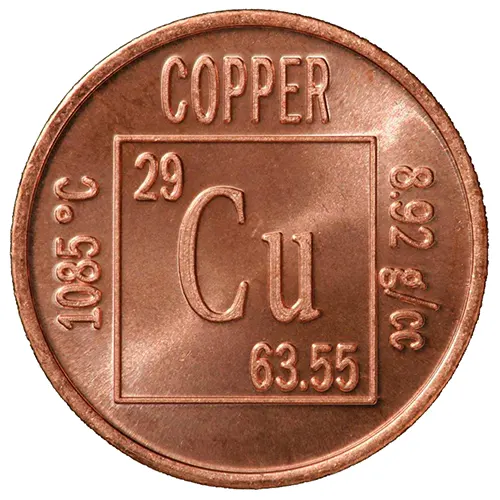
Copper’s role in electrical wiring, plumbing, and electronics makes it a vital metal in our list. Chile is the undisputed king of copper, holding around 185 million tons, which is about 34% of the world’s known reserves. This metal’s significance extends beyond its volume; it’s also about its conductivity and versatility. China, with only 3% of the world’s reserves, focuses on maximizing its limited resources by concentrating mining efforts in its northwest and southwest regions.
4. Lead: A Heavyweight in the Metal World
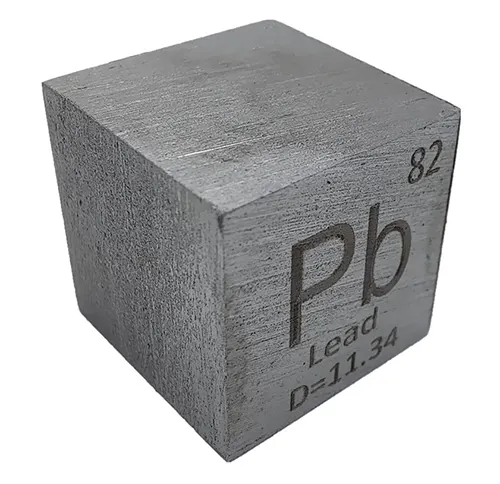
Lead, known for its use in batteries and radiation shielding, takes its place among the top 10 metals with substantial reserves. Australia and China are the top holders of lead reserves, with China’s resources ranking second globally. As the demand for energy storage solutions rises, lead’s importance continues to grow, making these reserves crucial for future technologies.
5. Zinc: The Protective Metal
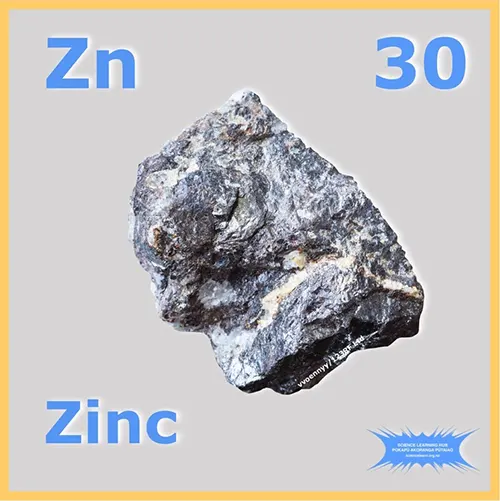
Zinc is primarily used to galvanize steel, protecting it from corrosion. Australia’s zinc reserves are among the largest in the world, earning it a solid spot in the top 10 metals ranking. With rich deposits and high-quality ore, Australia’s zinc contributes significantly to its economy. This metal’s ability to protect other metals from corrosion ensures its continued demand, particularly in construction and automotive industries.
6. Nickel: The Shiny Power Player

Nickel is essential for stainless steel production and other alloys, making it a critical component in the top 10 metals list. Indonesia and the Philippines are at the forefront, with vast reserves that supply global markets. Nickel’s role in producing high-strength materials and its increasing use in batteries for electric vehicles only enhances its importance.
7. Titanium: The Space Age Metal

Lightweight yet incredibly strong, titanium is used in aerospace, medical implants, and high-performance alloys. China and Russia dominate the global reserves, with China’s vast deposits in Sichuan and Hainan provinces leading the way. Titanium’s unique properties make it a star player among the top 10 metals, especially in industries where strength and weight are critical factors.
8. Chromium: The Shining Star of Alloys
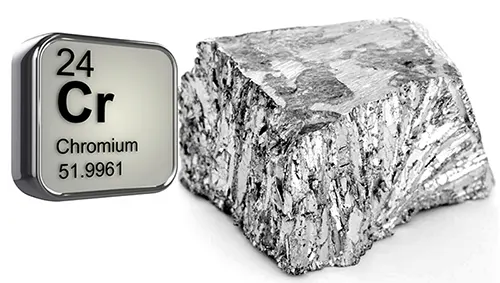
Chromium is indispensable in stainless steel and other corrosion-resistant alloys. South Africa leads the world in chromium reserves, holding over 40% of the global supply. This metal’s ability to enhance the strength and durability of alloys secures its position in the top 10 metals lineup. The widespread availability of chromium makes it a backbone of modern metallurgy.
9. Vanadium: The Versatile Metal
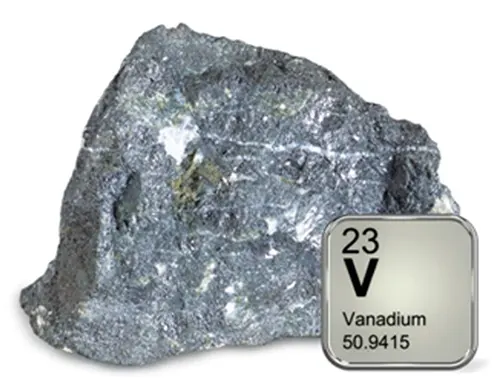
Vanadium is a key component in high-strength steel alloys and emerging battery technologies. With global reserves concentrated in China, Russia, and South Africa, vanadium is a metal on the rise. As industries look to develop more resilient and efficient materials, vanadium’s role only becomes more significant.
10. Tungsten: The Hardest of Them All
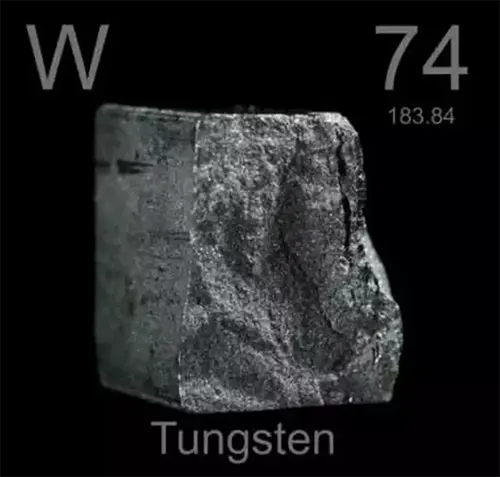
Tungsten, with its incredible hardness and high melting point, is essential for cutting tools, electronics, and military applications. China is the world’s leading producer, holding the majority of global reserves. Tungsten’s unique properties make it a critical material in industries that require durability and strength, earning it a deserved spot in the top 10 metals.
The Strategic Importance of These Metals
These top 10 metals not only reflect geological abundance but also highlight the strategic importance of resource management. Countries that control these reserves hold significant power in global industries, from technology to construction.
Conclusion: The Metals That Move the World
Understanding the distribution and significance of these top 10 metals gives us a glimpse into the future of global industry. These metals will continue to play a crucial role in advancing technology, supporting infrastructure, and driving economic growth. Whether it’s the aluminum in your soda can or the copper wiring in your home, these metals are integral to modern life.



